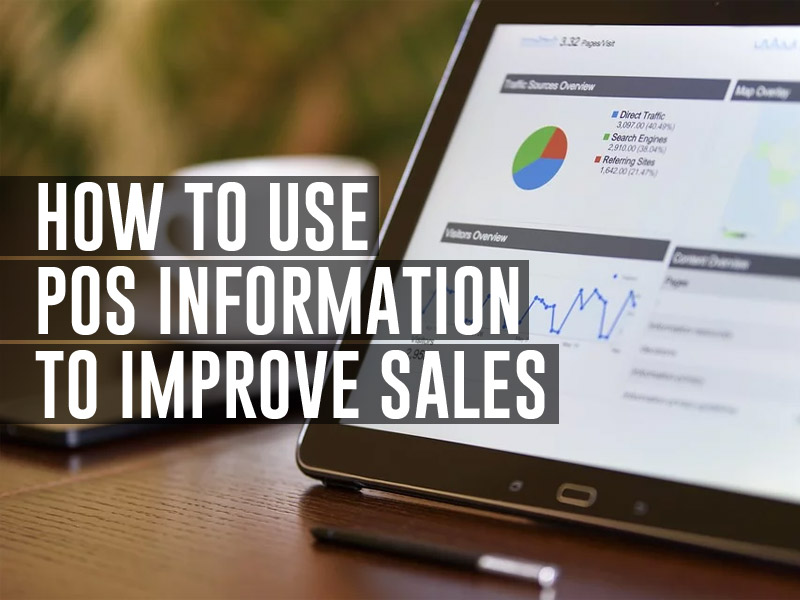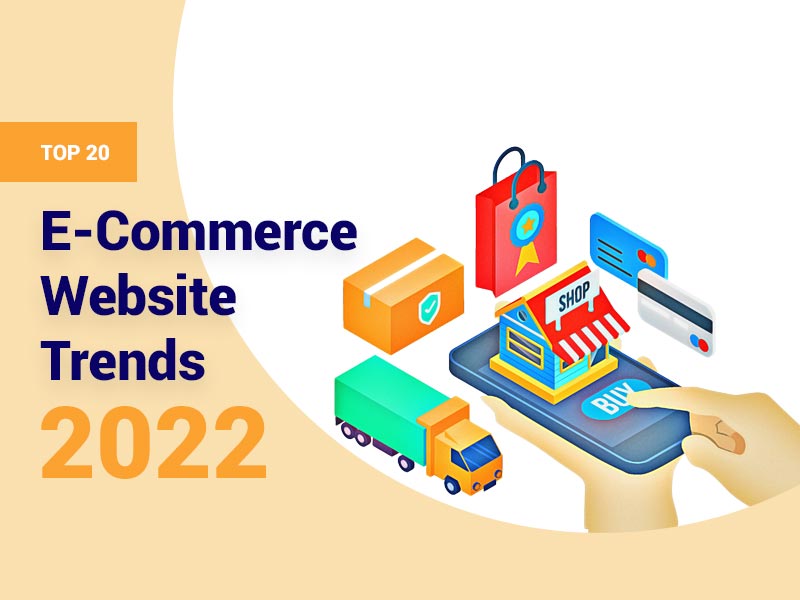Have you ever lost a potential customer due to complicated shipping options or unexpected delays? With so much competition online today, smooth and fast delivery is key for happy buyers and growing companies.
Imagine offering a variety of shipping choices to fit every need and budget, all while minimizing costs for your business. This guide equips you with essential tips to streamline your e-commerce shipping process, leading to increased customer satisfaction, reduced costs, and enhanced efficiency.
1. Invest in Automation
Automating repetitive tasks using machines and computers instead of people increases accuracy, speed, and consistency in taking orders and checking stock levels.
- Order Processing – Integrating order management and e-commerce shipping software minimizes manual errors by automatically generating packing slips, invoices, and shipping labels as orders flow across channels. For optimal implementations, partner with an e-commerce firm with expertise in integrating e-commerce shipping software across key systems.
- Inventory Management – Real-time inventory tracking prevents overselling and backorders, leading to delays. Automated purchase orders and warehouse transfers based on preset par levels ensure adequate safety stock. Integrations between order systems, warehouses, and logistics providers keep visibility high.

2. Optimize Order Fulfillment
Carefully designing warehouse workflows improves the faster selection, packing, and processing of orders while minimizing mistakes.
- Warehouse Layout – Strategic placement of high-velocity products minimizes pickers’ travel distance. Well-labeled rows, clear signage, and scannable barcodes enable accurate and swift order assembly.
- Warehouse Location – The further your warehouse is from main roads, shipping ports, and your customer’s location, the longer shipping times are. Looking for commercial warehouse rentals located closer to these criteria will improve efficiency, wait times, and customer satisfaction.
- Batch Picking – Grouping orders with similar characteristics facilitates faster processing. Strategies like coordinating by zip code or aggregating oversized items in batches streamline the effort.
- Packaging Optimization – Using the right-sized packaging that tightly fits products reduces shipping expenses. Eco-conscious materials promote sustainability values many customers increasingly prioritize.
3. Offer Competitive Shipping Choices
Offering various delivery options at different speeds and prices makes your online store more attractive and competitive. Customers appreciate having choices that fit their budget and how quickly they need their items.
- Multiple Carriers – Providing choice across carriers gives customers affordable basics or faster premium deliveries. The widened scope of options caters well to diverse needs.
- Real-Time Shipping Rates – Embedding calculators listing exact shipping fees at checkout prevents sticker shock and builds trust. Enabling dynamic rate lookups by zip code promotes transparency.
- Free Shipping – Incentivizing larger purchases with free shipping over set order values increases cart size and cultivates loyalty.
4. Prioritize Transparency and Communication
Setting clear shipping expectations builds customer trust, avoids unnecessary frustrations, and minimizes negative feedback. Transparency keeps everyone happy.
- Clear Shipping Policies – Prominently posting delivery timelines, associated fees by geography, order minimums, and other specifications educates customers to align with reality.
- Shipment Tracking – Order tracking tools providing real-time updates on shipment milestones reassure anxious customers. Preemptively surfacing delays risks fewer complaints.
- Proactive Communication – Getting ahead of problems via timely notifications and apology notes earns goodwill. Extending expedited shipping or credits fosters goodwill and defuses frustration.
5. Leverage Technology and Tools
The e-commerce industry is changing rapidly. Staying on the cutting edge of innovation fuels a company’s competitive edge and enables them to be competitive and further satisfy the customers. Investing in the right innovations and data systems can achieve two major benefits – greater efficiency in operations and more personalized customer experiences.
- Shipping Optimization Tools – Using shipping rate tools built into ordering software automatically finds lower-cost shipping companies and options that still deliver orders on time.
- Returns Management Software – Applications simplifying self-service returns initiation or replacement order placement reduce call volume while pleasing customers.
- CRM System – Tapping purchase history and activity data to tailor communications, promotions, and loyalty program criteria makes engagement more meaningful.
6. Track and Analyze Shipping Performance
Tracking and analyzing key shipping metrics is crucial to maximize the effectiveness of your fulfillment processes. Careful monitoring provides the necessary data to spotlight improvement areas, uncover hidden expense reduction opportunities, and inform impactful process enhancement decisions.
- Delivery Times – How long does it take orders to reach customers? Are there delays during certain seasons?
- Shipping Costs – Which carriers are the most expensive? Are you getting the best rates?
- Carrier Performance – Which carriers are most reliable with on-time deliveries? Are there any damaged packages?
7. Analyze Customer Feedback
Actively soliciting and analyzing customer feedback provides valuable insights into problems in your shipping process. Sending short surveys to customers after you deliver their order can highlight differences between what customers expect and what is happening. This shows where you need to improve.
- Customer Surveys – Brief post-purchase polls checking on delivery timeliness, packaging, product satisfaction, etc., uncover areas working well or needing improvement.
- Social Listening – Monitoring chatter on social platforms and community forums reveals common shipping-related complaints to address.
- Review Analysis – Shipping timing, packaging protection, and other delivery-related feedback within product or seller reviews spotlight problem patterns.
Conclusion
To succeed in e-commerce, businesses need to improve how they handle shipping through automation, efficient fulfillment, delivery choice, transparency, and leveraging innovations.
Investing in tools and improving workflows can save money, speed up processing, give customers more choices, set clear expectations, and personalize the experience. The result is reduced expenses and overhead paired with superior customer experiences. These are both important for growing your business.







